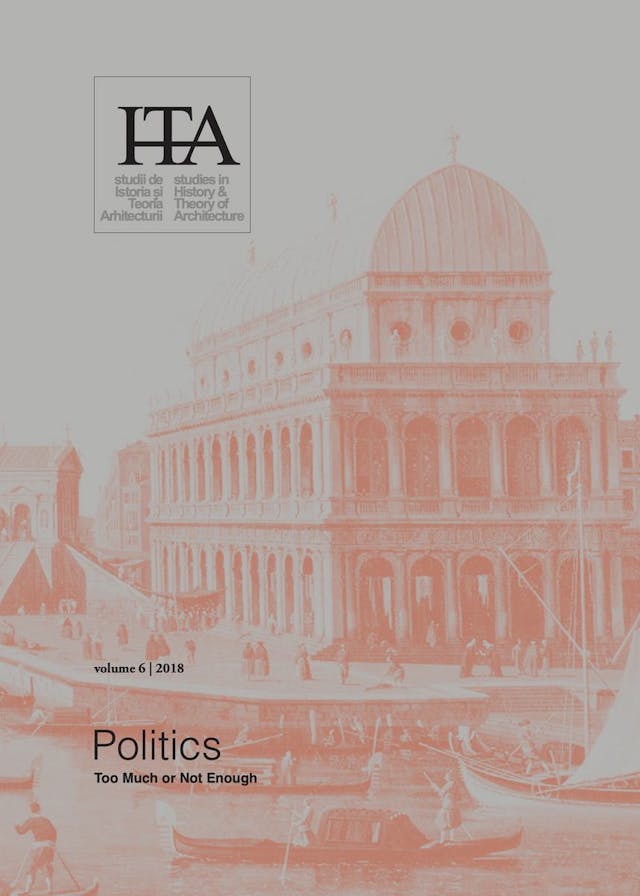1870-2018. Russia and the Balkans. The Case of the Unbuilt Orthodox Church in Cetinje, Montenegro
by
Miloš Stanković
Keywords
Montenegro
Russia
Prince Nikola Petrović
Nikolay II Romanov
Serbian-Montenegrin identity
visual culture
In August 1910, in Cetinje, at that time the newly-declared Kingdom of Montenegro, a foundation stone was laid for the construction of the Orthodox Church in the Montenegrin capital. According to the contemporary press, the construction of a cathedral in Cetinje was planned to be financed by the Russian Empire and it should have been the gift of Russian Emperor Nikolay II to the Montenegrin king Nikola, on the occasion of his anniversary of 50 years in power. At the time, the Kingdom of Montenegro and the Kingdom of Serbia were regarded as the backbone of the Russian imperial policy in the Balkans. Due to various circumstances, further construction of the cathedral was postponed until the beginning of the Balkan Wars. The First World War, the outbreak of the October Revolution and the overthrow of the Romanov dynasty from the Russian throne, archived this plan indefinitely.
In the first decade of the 21st century, after the restoration of the Montenegrin state (May 2006), the idea of building the same church in Cetinje was revitalized. Over a period of 100 years, foreign policy circumstances have changed entirely. In 2017, Montenegro became a member of the NATO alliance and due to the tense relations between that alliance and the Russian Federation, it found itself on the diametrically opposite side of the Russian standpoint. On the other side, the Orthodox Church in Montenegro, seen among many as a Russian exponent in Montenegro, again in 2018 reiterated the idea of building this church. This edifice is most likely not going to be built soon, given the position of the current authorities in Montenegro, who ignore this initiative.
The paper aims to highlight the idea of the duration of an architectural project, that is, the idea and reception of this project for over a century. It will also try to answer the question of whether church and politically engaged architecture, as part of art, is powerful and influential enough to convey political messages in the 21st century. In support of the discussion of these theses, contemporary perceptions and cultural memories of other temples, which were financed by Russia in the 19th century in Montenegro, will also be compared. Architecture outlives policy, does politics outlast architecture?
Published in

Chicago citation style
DOI:
10.54508/sITA.6.10